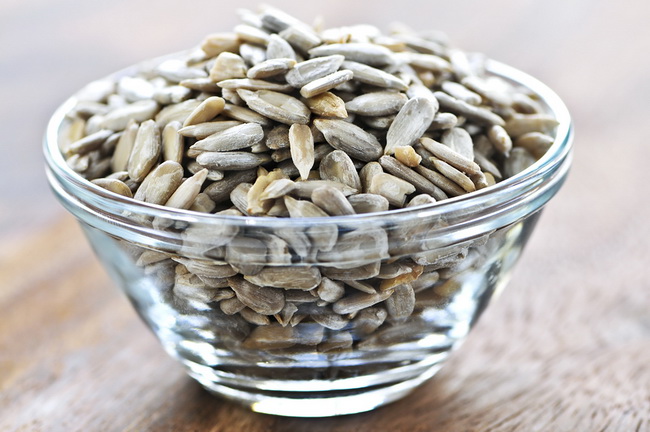- Make It Yourself Lavender Heart-Shaped Bath Bombs!
- 20 Things You Never Knew About “Down There”
- 12 Best Foods For Those Suffering From Arthritis Pain
- 12 Personal Hygiene Mistakes Almost Everyone Makes (Mom Never Told You About #4!)
- 15 Medicinal Plants And Herbs From The Cherokee People
- 12 Mind-Blowing Benefits Of Drinking Coconut Water During Pregnancy
- 12 Outstanding Winter Foods That Won’t Fatten You Up Like A Christmas Turkey
How to Tell If You or Your Children are Lacking in This One Important Vitamin

Photo credit: bigstock
Take a look at typical symptoms of vitamin E deficiency:
Vitamin E Deficiency in Adults:
- Slow tissue healing
- Muscular weakness
- Anemia
- Very dry hair or even hair loss
- Infertility problems
- Age spots
- Fragile red blood cells
- Gastrointestinal problems
- Cataracts
- Neurological damage
- Liver, bone marrow, or brain abnormalities
- Decreased sex drive
- Leg cramps
Vitamin E Deficiency in Children:
- Slow growth
- Liver disease
- Speech disorders
- Severe lack of coordination
- Dropping eyelids ( Ptosis)
- Loss of position and vibration sensors
- Paralysis of muscles that control eye movement
- Muscle weakness
Vitamin E Deficiency in Infants:
- Eye diseases such as retrolental fibroplasia
- Delayed growth
- Weight loss
- Poor appetite
- Developmental problems including both physical and mental
Vitamin E helps slow the aging process, is a natural diuretic, and maintains the overall suppleness of the skin. It reduces scarring from wounds, lowers the risk of cataracts and cardiovascular disease while protecting us from cancer. Eating a healthy diet (find out modern day diet mistakes) is the best way to ensure that you get sufficient amounts of vitamin E, but if you are in doubt, or if you are pregnant, or trying to get pregnant, take a high quality supplement.
Sources:
Globalhealingcenter.com
Whfoods.com
Oregonstate.edu
Health.howstuffworks.com
Smithsonianmag.com
Health.howstuffworks.com

































